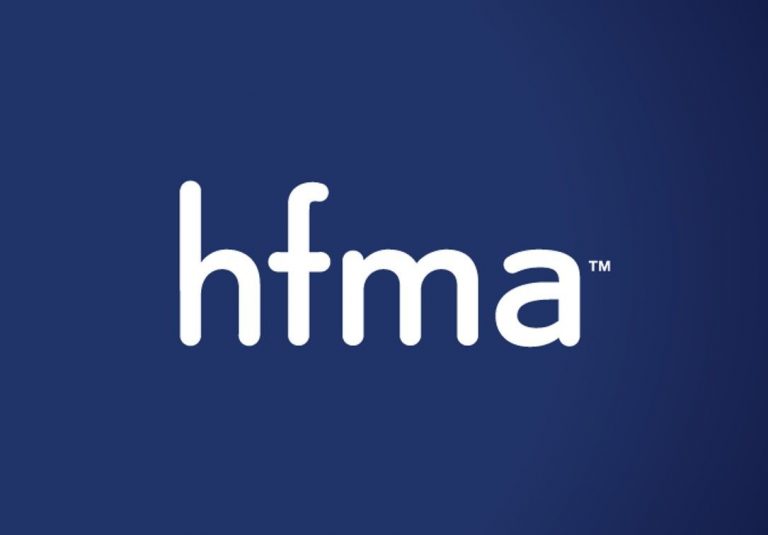

While nursing shortages are certainly front and center and are covered extensively by the media, hospitals are also suffering from a shortage of all types of workers, from entry-level on up.
As the U.S. gradually reaches a state of recovery after the pandemic, healthcare worker shortages across the board are becoming more apparent. While the industry has been sounding the alarm regarding physician and nursing shortages for years, the reality is that we should be just as worried about shortages of medical assistants, environmental services workers, pharmacy technicians, respiratory therapists, and others.
Allied health, technical, and office positions in healthcare are suffering from a lack of qualified applicants. Without these important members of the team, the healthcare wheel doesn’t turn very efficiently. Patients will notice longer wait times, difficulty getting help with billing problems, prescription issues, and more. During times of increased respiratory illness, like during flu season or regional COVID outbreaks, respiratory therapists are stressed and overworked more than usual – which can directly affect patient outcomes.
Reasons Behind the Shortage
With these types of jobs open around the country, organizations need to understand the core reasons for the shortage, as well as how to make operational decisions that maximize resources and help to retain quality staff in their current positions.
Some of the factors contributing to this workforce shortage are:
- Pandemic shutdowns of clinics and elective procedures led to layoffs of nursing assistants, medical assistants, and similar positions. These entry-level workers were eventually forced to seek new employment – many times in other fields of work.
- The pipeline of newly trained healthcare workers has slowed dramatically. Many of these workers attend technical and vocational training programs to prepare for these roles. Limitations on the availability of in-class learning, coupled with high costs of tuition have made education more difficult to pursue low and middle-wage workers. Many jobs are also available with comparable rates of pay that do not require any special education. Enrollment in community colleges is down over 10% since 2020.
- Increasingly complex regulations and ICD-10 changes, MIPS, and MACRA changes (to name a few) have increased the demand for qualified revenue cycle positions. Some of these positions are in-house, while others may utilize remote workers. A lack of staff creates a bottleneck in the process, hampering efforts to collect revenue.
The aging population is increasing the demand for the healthcare of all types – from primary care to acute and long-term care. For example, due to the increasing demand and retirement of medical assistants, the Bureau of Labor Statistics is predicting a 29% increase in medical assistant jobs from 2016-2026. Since that statistic was published, the pandemic has occurred – likely adding to the need. Lab assistant demand has grown 13% in the last year – almost double the average for other U.S. jobs.
Beyond even clinical positions, the lack of qualified revenue cycle and coding professionals is causing a backlog of work in many organizations, leading to billing and claims delays, poor cash flow, and limited ability to expand or update services.
With human resources scarce on all fronts, healthcare organizations are naming workforce challenges as their biggest obstacle in 2023.
Strategies for Success
Strengthening the healthcare workforce will take time – even though we don’t really have it. Therefore, the solution requires a multi-pronged approach that considers both short- and long-term needs. The American Hospital Association is helping to address these problems in its report “Strengthening the Health Care Workforce: Strategies for Now, Near, and Far”. This publication, written by a task force of highly qualified healthcare leaders across the U.S., offers broad, multifaceted strategies for improvement.
Strategies for Now:
Develop a culture of healing: many workers are experiencing burnout and mental health issues after the pandemic. Healthcare settings are also becoming more violent and less safe overall, which requires support.
Creative staffing: this will mean different things to different organizations. Some have built internal “agencies” staffed with nurses that can float to areas of need within the system for premium pay packages. Some have cross-trained, developed pools of resource nurses that can move in and help during busy times, and others have re-allocated duties so that each professional is working at the top of their license.
Data needs: By using smart technology and analytics, systems can make data-driven decisions and see where their true needs lie, even predicting future needs.
Strategies for Future Growth:
Care model design updates: Analyzing processes and patterns to reduce redundant work and make work more efficient. For example, documentation takes a significant amount of time for clinical staff to complete. Reducing this burden can allow much more time for patient care activities.
Technology Integration: Duplication of work and time spent searching for information manually use precious time and can even cause medical errors. To truly reach a state of interoperability, integration of disparate technologies is crucial.
Leadership training and development: Leaders that can inspire culture change and move from an attitude of scarcity to one of quality and safety are needed. Training tomorrow’s leaders should start today, including succession planning and organizational knowledge sharing.
Educational pathways and partnerships: By partnering with schools and technical programs, organizations can build awareness of healthcare careers and provide students with access to real-world experiences, moving towards jobs during and after school.
Workforce strategic planning: Examining the external environment to find opportunities for retraining workers, community outreach and partnerships, and future planning is important. Healthcare leaders can find ways to improve futures through training and education while also satisfying the need for qualified workers.
Healthrise offers several solutions for workforce problems with its innovative technologies. From providing analytics on staff performance, providing on-demand revenue cycle staffing, and outsourcing repetitive tasks like collections, you will find the right level of support with Healthrise. We believe in tackling today’s healthcare problems head-on, with smart and efficient solutions. To learn more about available products and services, contact us for a technical demo and more information.



